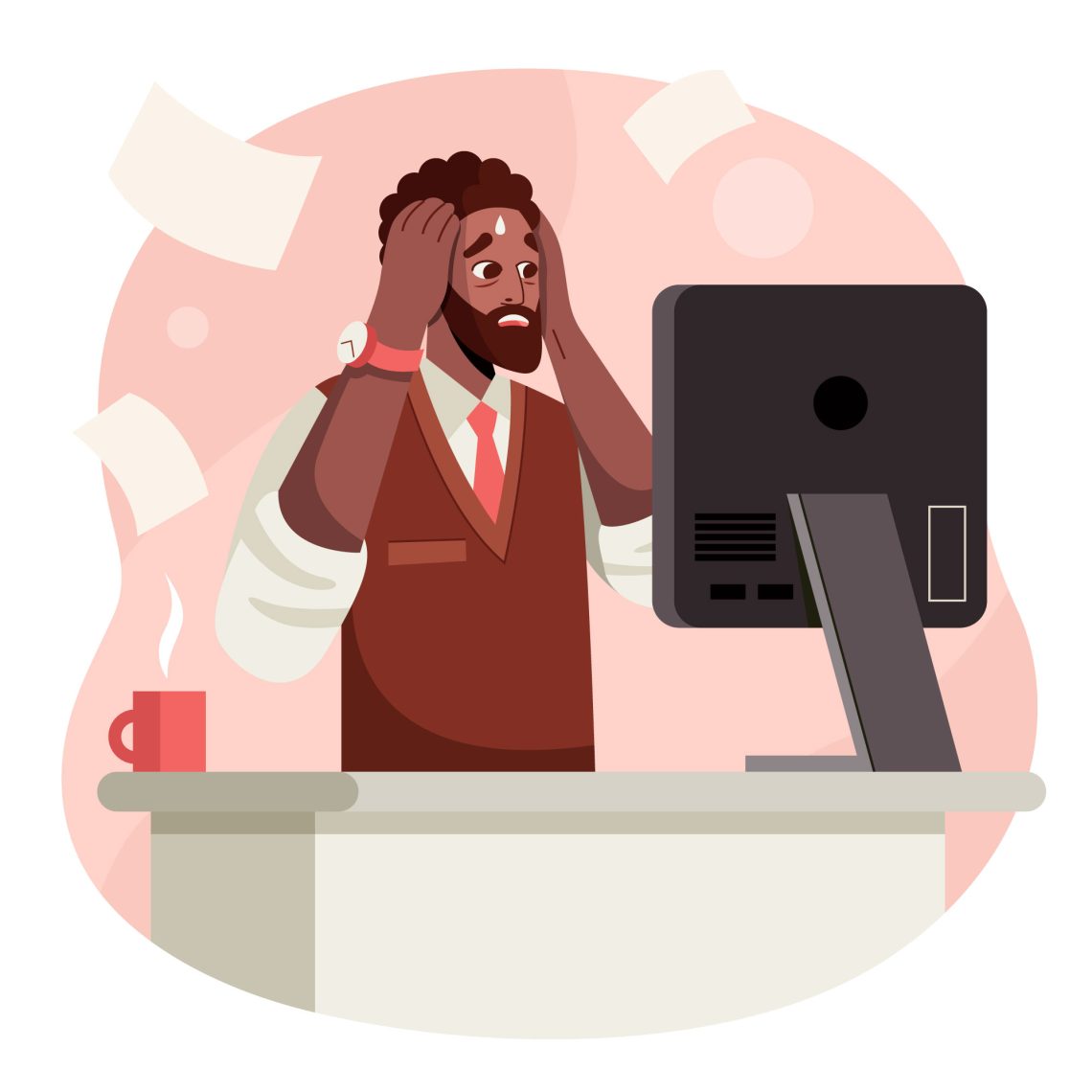“Customers are always right.”
Many of us have heard this before. It’s also a good heuristic for business owners. While most customers will be a pleasure to deal with, some can be difficult to deal with and make it difficult to adhere to the spirit of these words. Some of these customers may be angry, critical, overbearing, impatient, or indecisive. They must all be dealt with and their problems and grievances resolved.
Customers can become difficult for a variety of reasons. Whatever the reason, they must be dealt with effectively to ensure we are not losing customers or gaining bad press. They may have a legitimate complaint or happen to have blown a minor issue out of proportion just because they are having a bad day or week. Whichever it is, the following tips will help you handle them effectively.
- Shift Your Mindset
The customer may be obnoxious and uncivil, or plain wrong and unfair in expressing their grievance or complaint. You may rightly feel insulted or bullied. Responding in kind, however, will only make matters worse. You need to shift to a customer service mindset and try to listen and understand the customer without interrupting or pre-empting them.
- Stay Calm and Lower Your Voice
Obnoxious customers can annoy you and tempt you to get into a shouting match. This is something you must avoid at all costs. Staying calm and lowering your voice helps you to listen and understand the customer’s complaint or grievance while encouraging them to calm down. Getting angry with a difficult customer only stresses you, draws negative attention, and reduces the chances of reaching an amicable solution. Speaking slowly and calmly can help a difficult customer calm down and be more open to you.
- Listen
This is the most important tip in this article and is the difference between a customer who is happy 5 minutes later and a 2-hour shouting match that leaves you with a migraine and high blood pressure. Cutting off the customer or arguing with them, even if you know what they are about to say or how they are wrong will only make them angrier or more upset. Actively listening to a difficult customer does two important things. It helps them calm down as they realize they are being heard and complaints are taken seriously and it also helps you understand what it is they are upset about. Sometimes, it could be something as simple as not getting a heads up on a delayed delivery or the way a staff member looked at them.
- Nail The Issue
By listening actively and asking a few questions, you can nail the issue(s) the customer is most upset about. Jotting this down and repeating it to the customer helps them relax and cooperate with you to find the best solution or choice for them. It also helps you to quickly evaluate your options for resolving their issues and addressing their complaints.
- Show Empathy
Most difficult customers just want to be understood. They want their grievances known and acknowledged. Empathising with difficult customers helps them relax and focus on addressing the problem. Instead of attacking or getting angry at you, they can join hands with you to fix the problem. By hearing them out, identifying with them, and relating to their plight, you can help them calm down and cooperate with you to quickly address the issues. This can leave them with a good impression, convince them to patronize you again, and even recommend you to others.
- Propose A Solution
Once you’ve identified the issue(s) and let the customer know you’re there to help and on their side, the next step is to propose a solution to the issue. Following earlier tips will ensure they are calmer and more cooperative at this point. Suggesting a solution or two puts them in the position to evaluate and choose the one that is best for them. Proposing solutions also help you get their agreement before you start taking steps to rectify their situation. This ensures you both commit to any measure you agree on to solve the situation.
- Take Action and Carry Them Along
Once you and the customer have agreed on a solution, you should begin taking action to implement the solution you agreed on. You can break the solution into steps and explain them to the customer. Carrying them along like this will make the customer involved in the process and help them track your progress.
- Ask For More Time
The above tips will work with the most difficult customers. In some situations, however, the solutions you can offer will be inadequate to address the customer’s issue. You may also not be able to make the decision that results in a more satisfactory resolution. It may be worthwhile to ask for some time to see if you can come up with a better option. This will give you time to think up and or get approval for an improved solution. This will show the customer you put time, thought, and effort into addressing their grievances. If you however ask for time or promise to give them a call or send a mail later, you should always do so and keep the customer updated on the steps you are taking.
- Compromise Where Necessary
Dealing with a difficult customer is a business decision and should be treated as such. If dealing with a difficult customer is going to cost you time, stress you, and still result in negative referrals, it may be prudent to compromise and give in to the customer’s demands. This will free up your time for more productive work and building better relationships with others while sparing you the stress of dealing with difficult customers. If you are, however, unable to compromise or give in to their demands, you should calmly and politely dismiss them so as not to create a scene.
- Use The Feedback
Handling a difficult customer effectively will give you some information you can use to improve your business or service. By studying the complaints and issues raised by the customer, you can work to address the root causes and prevent a repeat of the situation.
Considering the efforts we take to acquire and retain our customers, losing any because we handled their complaints or grievances badly is something to be avoided.
Following the above tips will make you more effective in handling difficult customers. Most customers will have a pleasant shopping experience with you and not sweat the small stuff. A few will however have legitimate issues with your product or quality of service and others will get annoyed over trifles. Keep in mind that the interaction is not typical of most customers but the exception and the key is to follow the tips and handle difficult customers effectively.



